Organisations in Business Environment: Types, Size, Scope Analysis
VerifiedAdded on 2023/03/30
|13
|428
|426
Report
AI Summary
This report provides an overview of the business environment and examines various types of organisations, including public, private, and voluntary sectors, highlighting their purposes, sizes, and scopes. It discusses how different organisations, such as Nestle and Thomas Cook, operate within this environment, focusing on their structure and stakeholders. The report also touches on the responsibilities and duties of these organisations, supported by relevant references to academic literature, offering a comprehensive understanding of how organisations function and interact within the broader business environment. Desklib offers a wide range of solved assignments and past papers for students.
1 out of 13

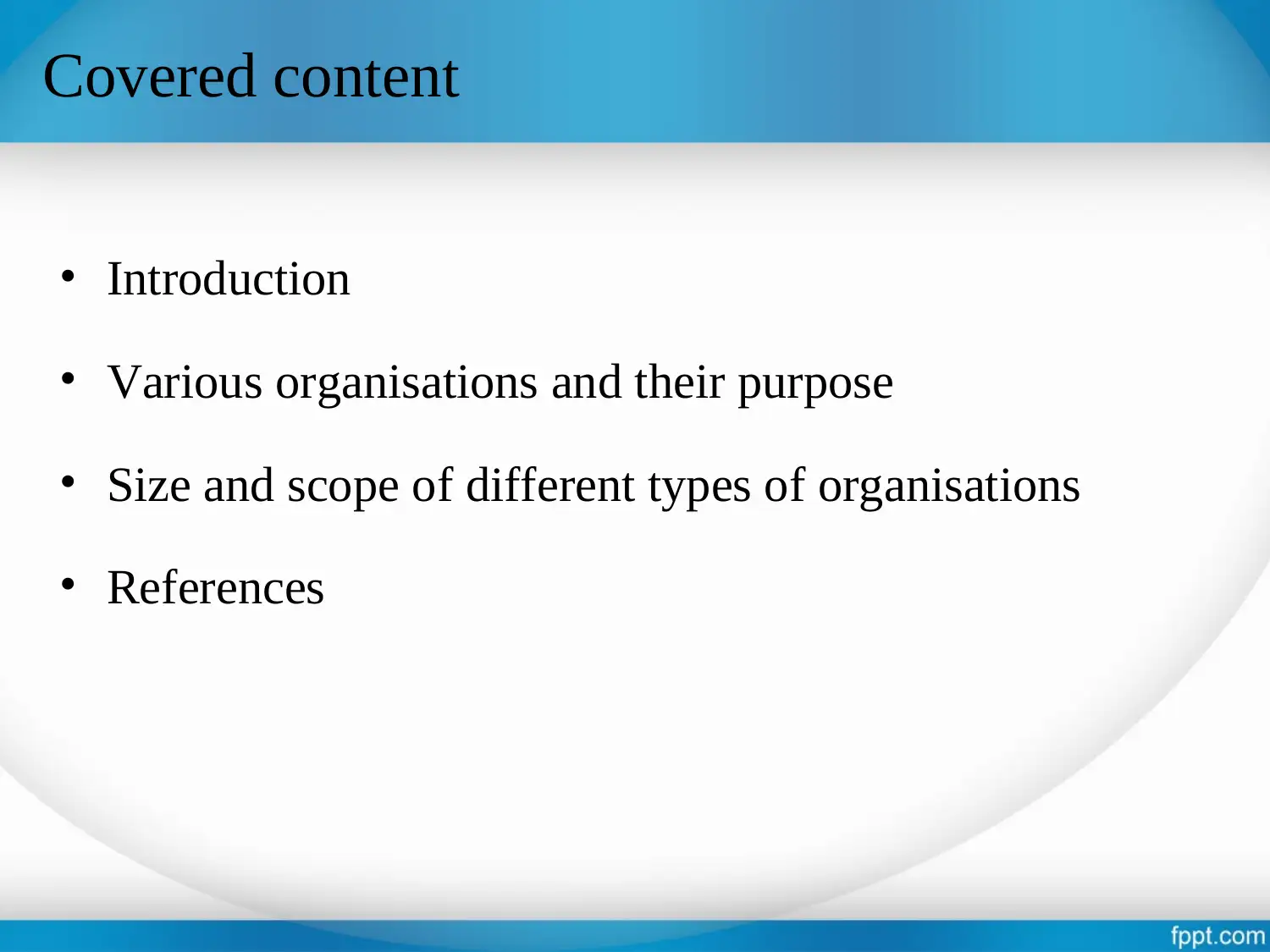
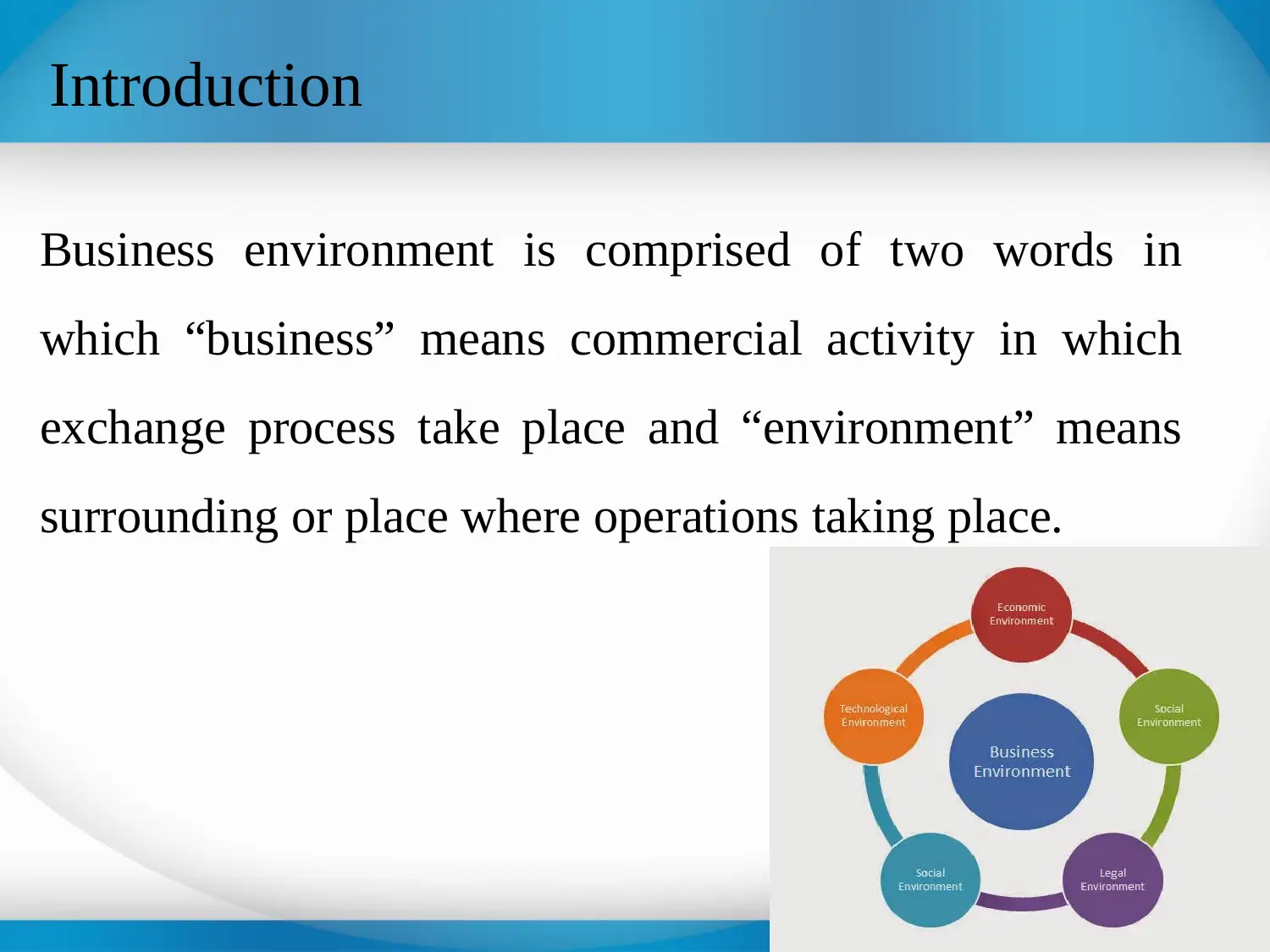

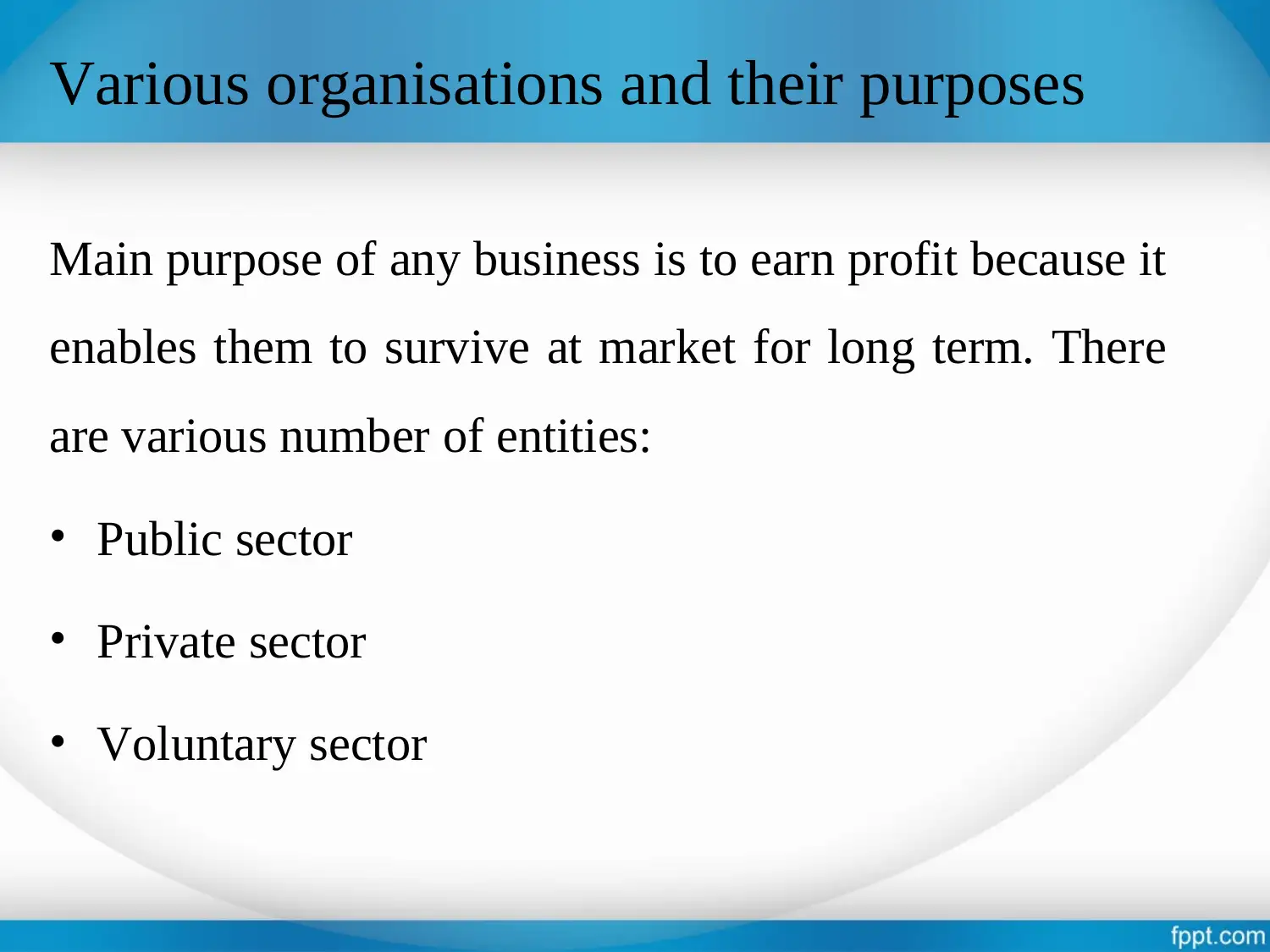


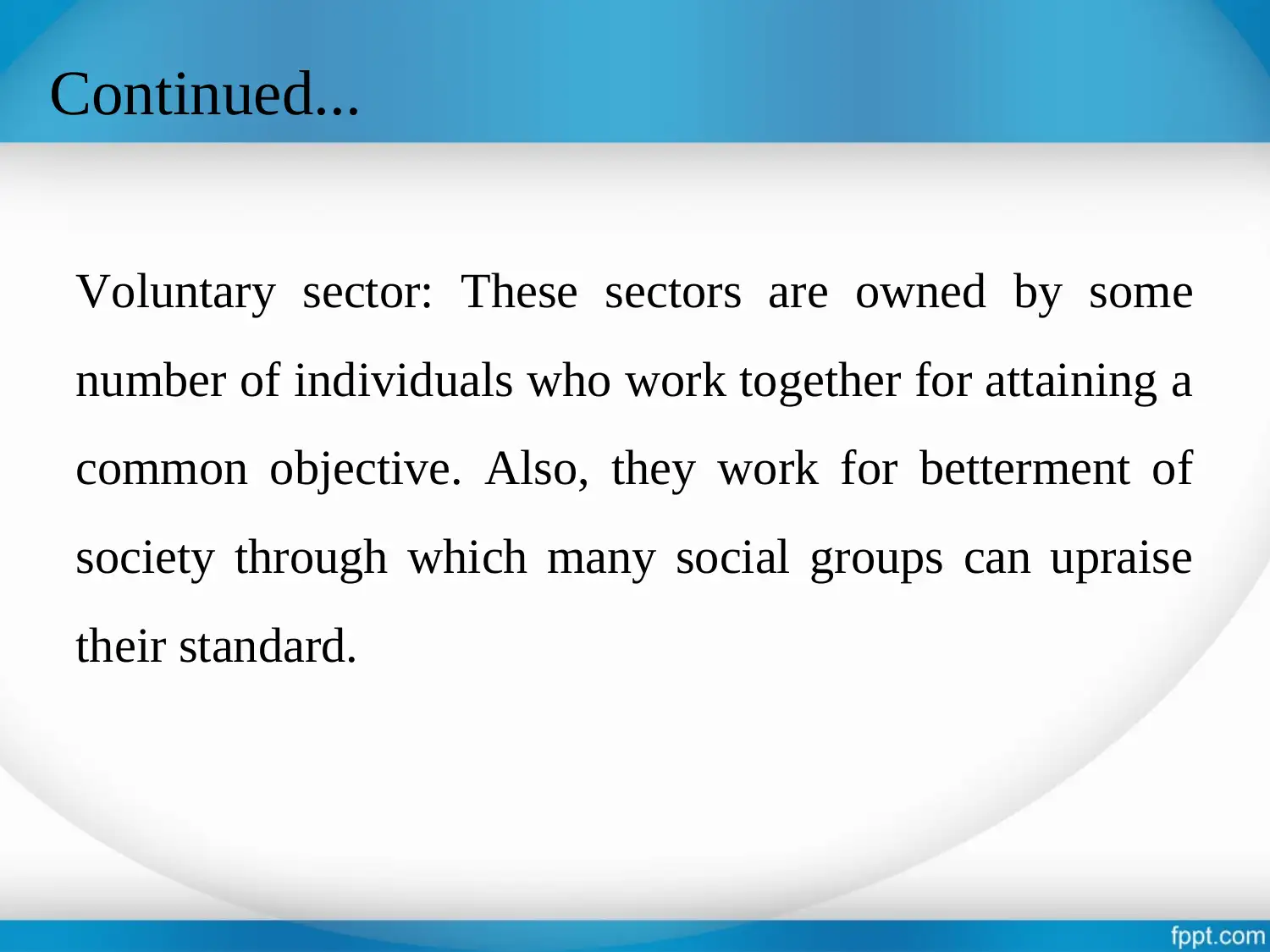
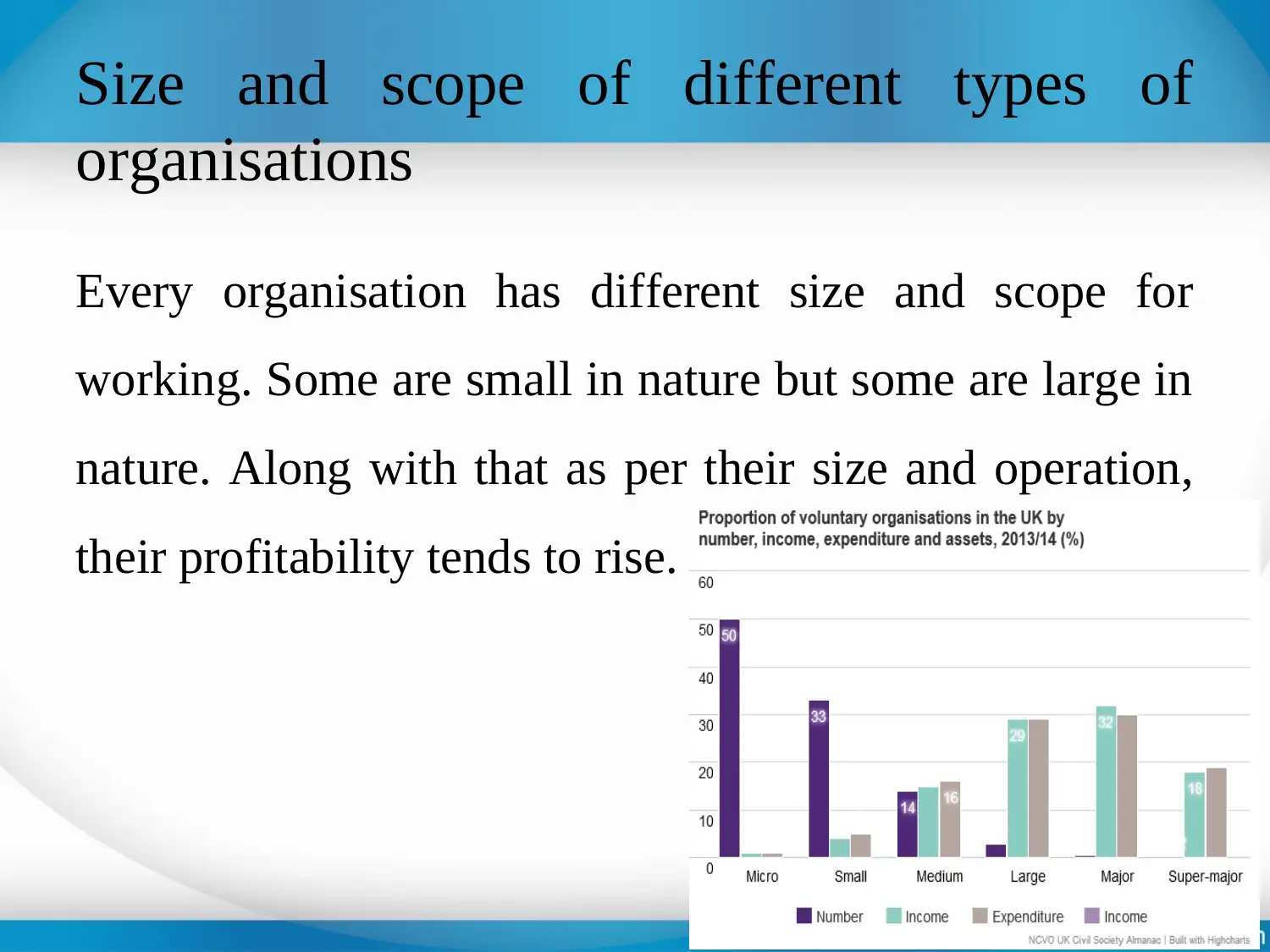
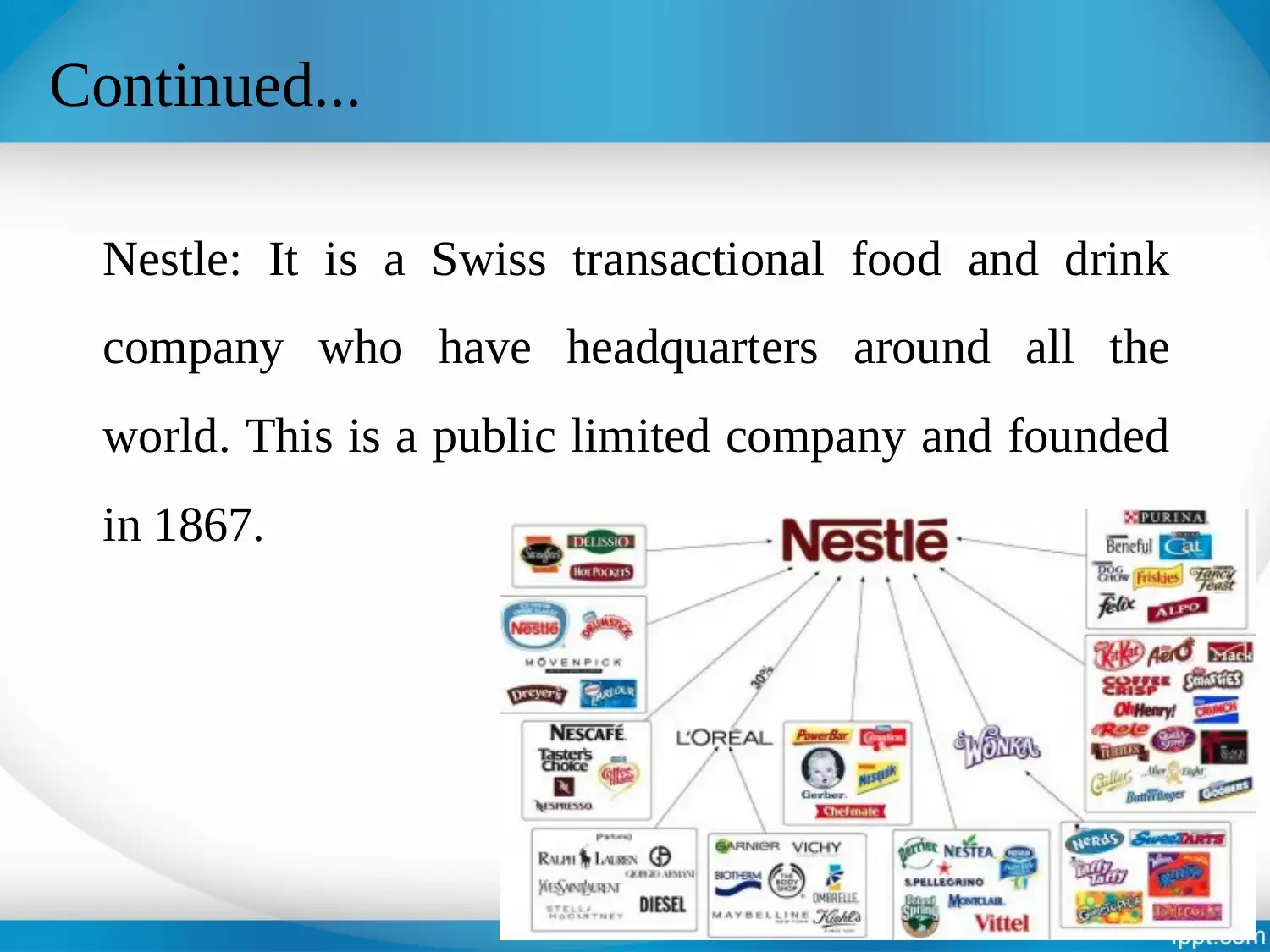
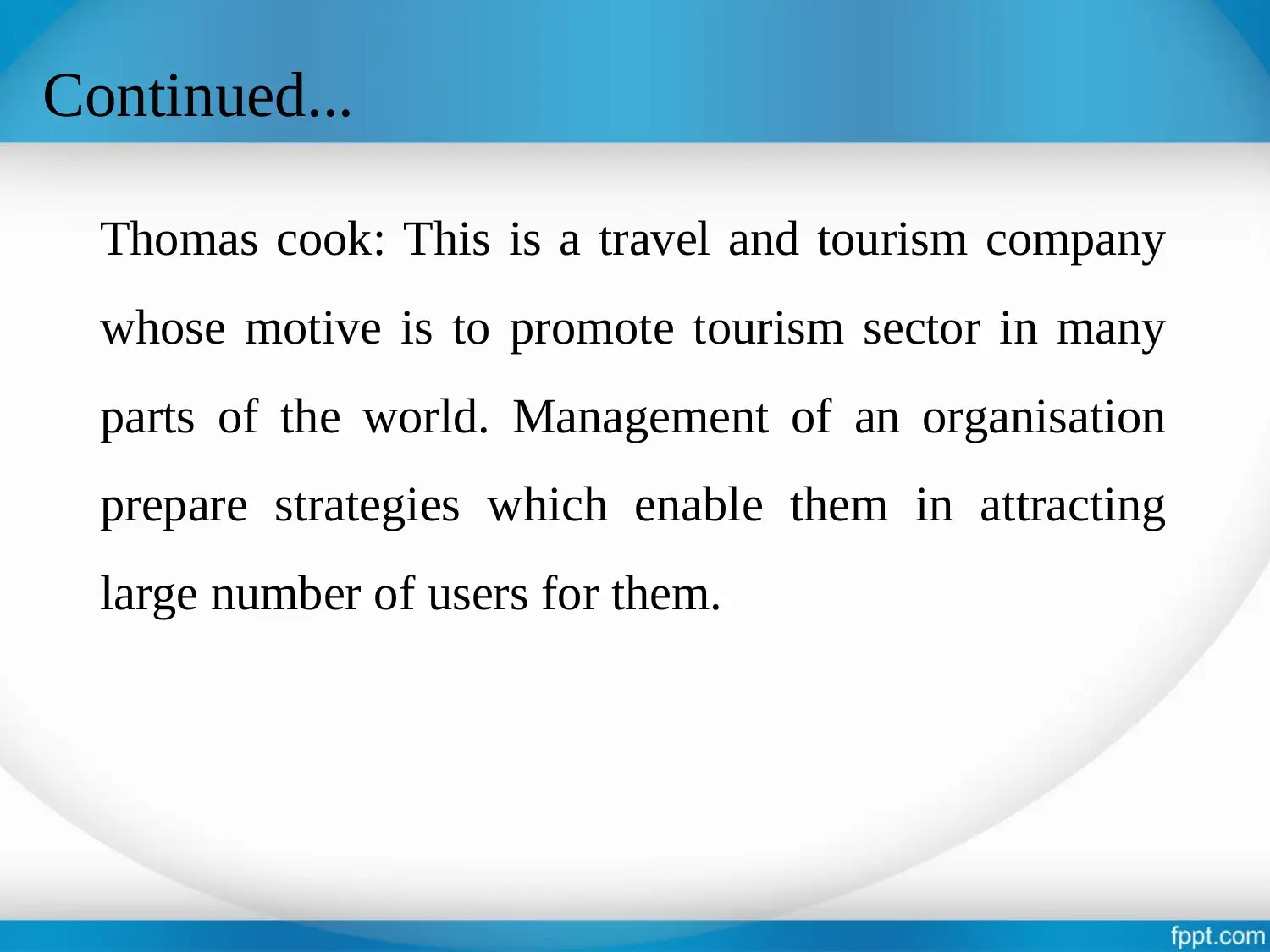
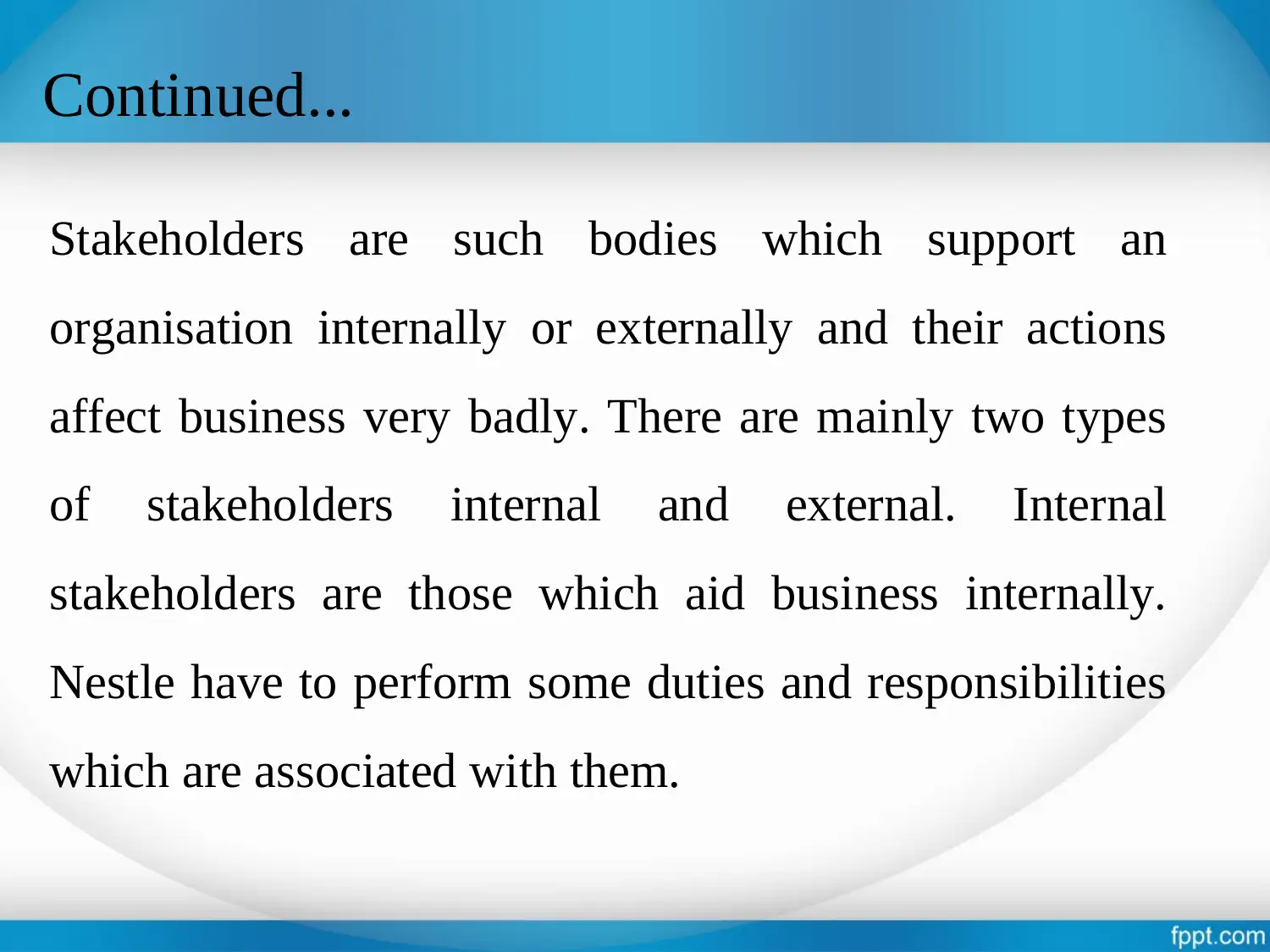







![[object Object]](/_next/static/media/star-bottom.7253800d.svg)